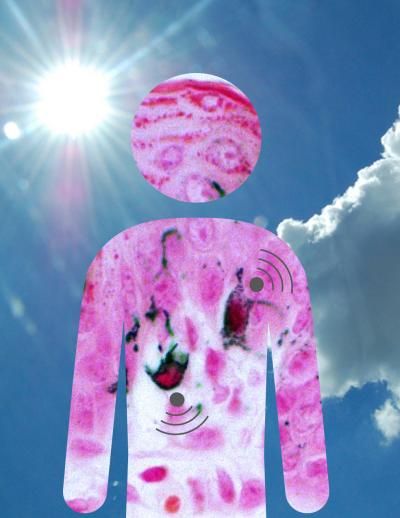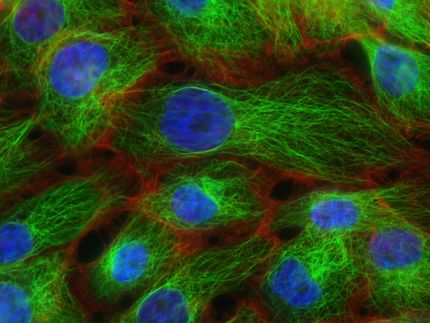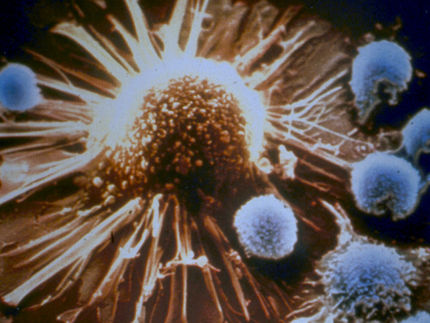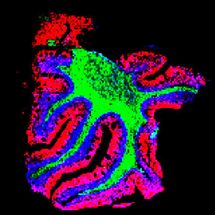Exact outline of melanoma could lead to new diagnostic tools
Researchers at Oregon State University have identified a specific biochemical process that can cause normal and healthy skin cells to transform into cancerous melanoma cells, which should help predict melanoma vulnerability and could also lead to future therapies.

New research has outlined the exact process by which UVB radiation from the sun can cause melanoma.
Oregon State University
More than 70,000 cases of melanoma, the deadliest form of skin cancer, develop in the U.S. every year.
The work was published in PLoS Genetics, in work supported by the National Institutes of Health.
"We believe this is a breakthrough in understanding exactly what leads to cancer formation in melanoma," said Arup Indra, an associate professor in the OSU College of Pharmacy. "We've found that some of the mechanisms which ordinarily prevent cancer are being switched around and actually help promote it.
"In melanoma, the immune system is getting thrown into reverse," he said. "Immune cells that previously were attracted to help deal with a problem are instead repulsed."
The key to this process, the researchers said, is a protein called retinoid-X-receptor, or RXR. When present in an adequate amount, the RXR protein aids the proper operation of the immune response in the skin. Primary players in this are skin cells called melanocytes, which produce protective pigments, or melanin, in response to exposure to ultraviolet radiation in sunlight – in simple terms, a suntan.
Even with this protection, however, both melanocytes and other skin cells called keratinocytes routinely suffer genetic damage. Sometimes the damage can be repaired, and at other times the immune response – in the presence of adequate levels of RXR in the melanocytes – will kill the defective skin cells before they become malignant.
When expressed levels of RXR are too low in the melanocytes, however, this protective process breaks down. The chemicals that can help control mutated cells are actually suppressed, and the conditions for cancer promoted. DNA-mutated melanocytes begin to thrive at the same time other skin cells die and free up space for the growing, mutating melanocytes. The ultimate result can be the malignancy known as melanoma, which in turn can spread from the skin throughout the body.
"When there isn't enough RXR, the melanocytes that exist to help shield against cancer ultimately become part of the problem," Indra said. "It's routine to have genetic damage from sunlight, because normally those cells can be repaired or killed if necessary. It's the breakdown of these control processes that result in cancer, and that happens when RXR levels get too low."
This process has not before been outlined in its entirety, Indra said, and the new findings open several possibilities. One would be a diagnostic test to determine when RXR levels are lower than they should be – which would set the stage for melanoma and possibly other cancers, but also with careful monitoring facilitate earlier diagnosis.
Beyond that, mechanisms may be developed to stabilize or stimulate the levels of RXR expression, and form the basis for a therapy. This might be done through diet or a "nanocarrier" drug that could deliver RXR to cells, Indra said.
"It's quite possible that a new and effective therapy can now be developed, based on increasing levels of RXR," Indra said.




















































